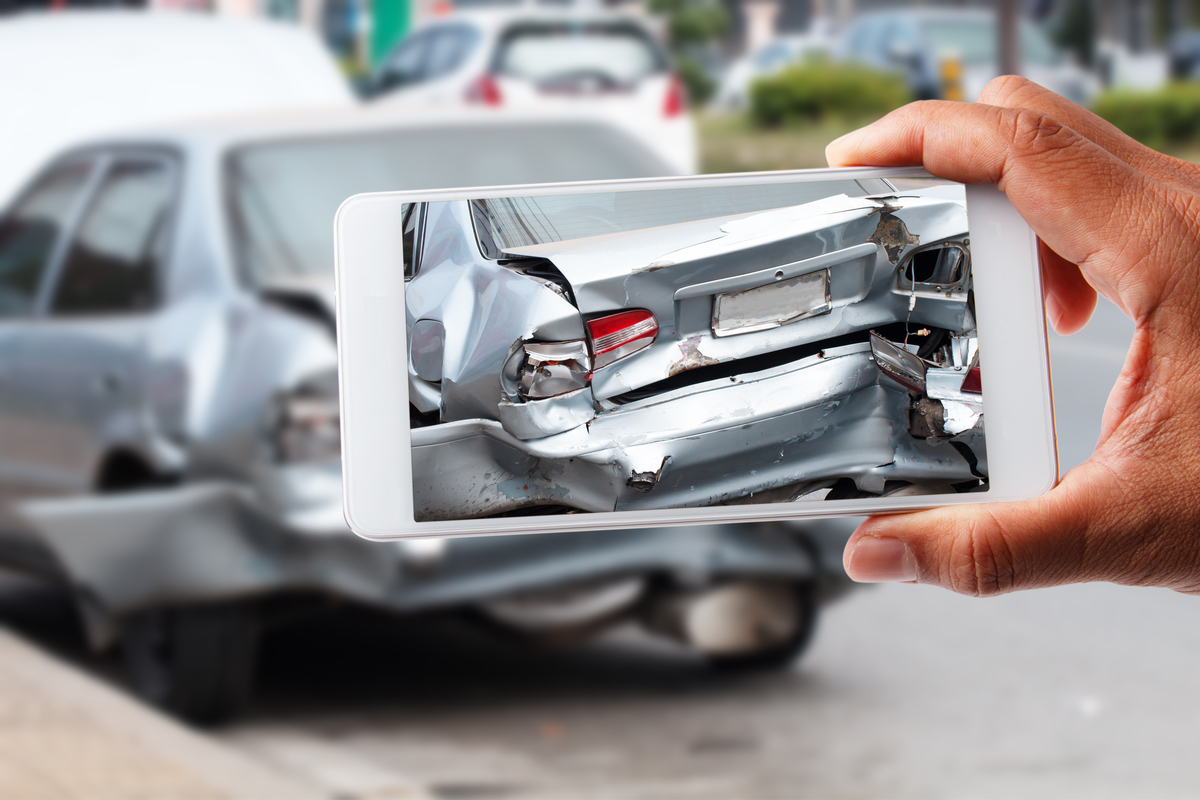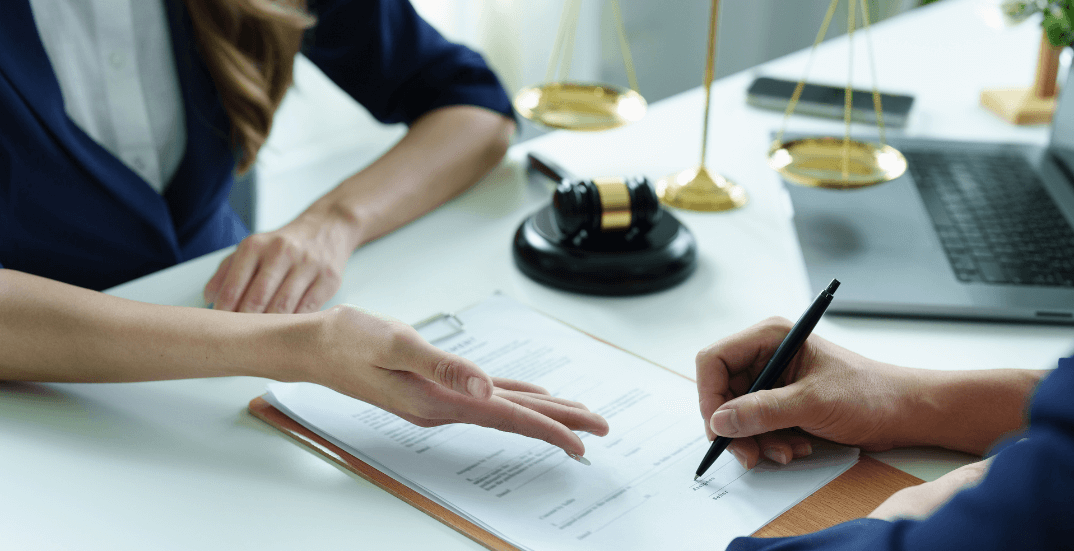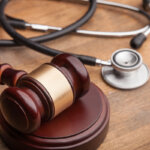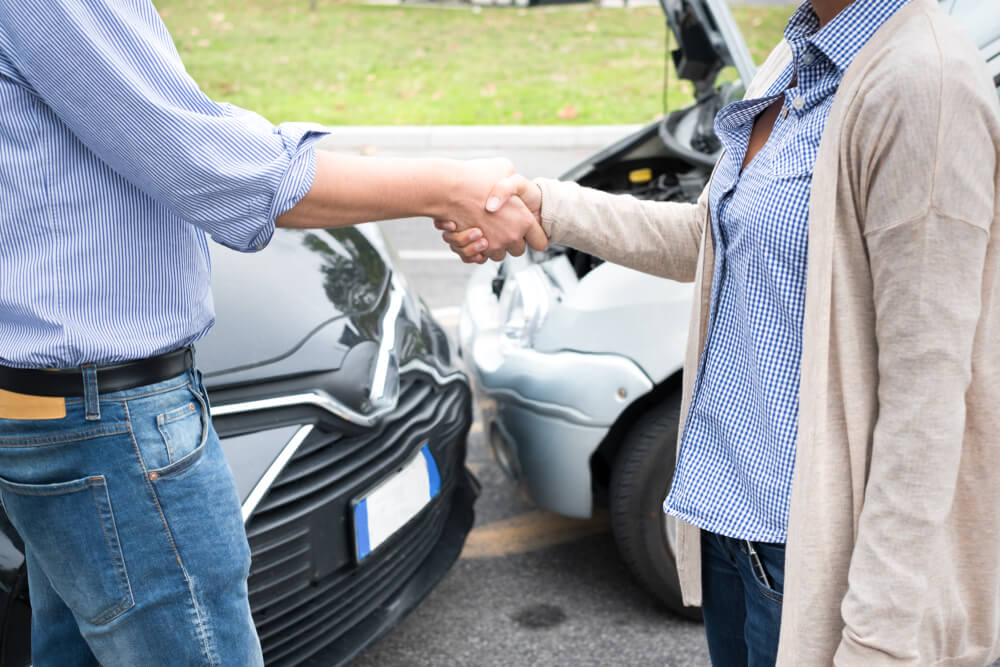
Partner at AKD Lawyers
Practice Areas: Personal Injury

ar accidents happen in an instant, often leaving drivers shaken and uncertain about what to do next. In the chaos that follows, small details can easily be overlooked yet those details can make a big difference later.
One simple but crucial action is taking photos of the scene. Clear, timely pictures can help uncover what really happened, protect you from unfair blame, and make the insurance process smoother.
Before the tow trucks arrive or vehicles are moved, knowing what to capture and how to do it right can save you from major headaches down the road.
The Importance of Taking Photos After a Car Accident
Photos taken immediately after an accident serve as factual documentation of what really happened. They provide details that can get lost or forgotten in the hours and days that follow. Unlike witness statements or memory, images offer proof that’s difficult to dispute.
In Louisiana, which follows a fault-based insurance system, photos can play a major role in determining responsibility. This is especially important under the state’s comparative fault rule, which reduces compensation based on each driver’s level of fault. A clear record of the scene helps ensure that your portion of responsibility is accurately assessed.
Pictures also give insurance adjusters the information they need to verify claims, understand how the accident occurred, and confirm the extent of the damage. Without them, a claim may take longer to process or could even be undervalued.
“Accurate and timestamped photographs can significantly influence insurance claim outcomes by providing objective, verifiable evidence.” — Insurance Information Institute
What to Photograph at the Accident Scene
If it’s safe to do so, take as many photos as possible before vehicles are moved or the area changes. Your goal is to show what happened from every angle. Start by capturing:
- All visible damage to your vehicle, both close-up and wide shots.
- The overall scene, including road markings, traffic signals, and weather conditions.
Be sure to photograph the following as well:
- Vehicle Damage: Include dents, scratches, broken lights, deployed airbags, or any damage inside the car.
- Road and Weather Conditions: Wet pavement, debris, potholes, or poor lighting can all be factors.
- Traffic Signals and Signs: Capture anything that may show who had the right of way.
- Other Vehicles: Photograph the other cars involved, including their license plates and areas of impact.
- Injuries: If there are visible injuries, such as bruises or cuts, take photos in a respectful, factual manner.
- Scene Context: Nearby buildings, intersections, or street signs that help place the event.
“Under Louisiana Civil Code Article 2323, fault is apportioned between drivers. Quality photo evidence helps clarify the degree of each party’s responsibility.”

Best Practices for Capturing Clear and Useful Photos
The camera on your smartphone is more than enough to collect strong evidence, as long as you use it properly. Make sure the timestamp feature is enabled so each image has a verifiable date and time. Avoid filters or editing, since altered photos may raise questions about accuracy.
Take photos from several angles and distances. A mix of wide shots and close-ups gives a more complete picture. Include shots of all vehicles involved, even if the damage seems minor. Use natural light when possible and keep your hand steady to prevent blurry images.
Also remember to protect your privacy. Photos should be shared only with your insurance company, your lawyer, or law enforcement. Avoid uploading them online.
“Sharing accident photos on social media can negatively impact your claim, as insurers may interpret posts as contradictory evidence.” — American Bar Association
Legal and Insurance Context in Louisiana
Louisiana’s laws make it especially important to document every detail of a car accident. While photos are not legally required to file a claim, they support the information in police and insurance reports.
Under Louisiana Revised Statutes RS 32:398, drivers must report accidents that involve injury, death, or property damage. Police officers may take photos as part of their investigation, but those images may not include all relevant angles or details.
Having your own photos ensures you have independent evidence. In disputes about fault, this documentation can show the position of vehicles, lighting conditions, and the chain of events leading to impact.
Since Louisiana’s system reduces compensation by the percentage of fault assigned, visual proof can protect your share of recovery.
“Drivers involved in serious accidents must report the incident to law enforcement under Louisiana Revised Statute RS 32:398.”
Common Mistakes to Avoid
Even well-intentioned drivers make mistakes after a crash. The most common one is waiting too long before taking photos. Once vehicles are moved or conditions change, valuable evidence is lost. Avoid editing or cropping your images. Raw, unaltered photos hold the most weight.
Another serious mistake is posting accident photos on social media. Insurance companies often monitor public posts to look for inconsistencies. Something as simple as smiling in a picture after an accident can be misinterpreted as proof that your injuries aren’t serious.
Lastly, don’t rely solely on the police report. While official records are important, your own photos may capture angles or damage that officers miss.

Key Types of Accident Photos and Their Purpose
|
Photo Category |
Example Shots |
Purpose / Use |
| Vehicle Damage | Dents, scratches, airbag deployment | Helps assess repair costs and verify impact severity |
| Road and Weather Conditions | Wet roads, debris, lighting, signage | Shows environmental or contributing factors |
| Injuries | Visible bruises, cuts (non-graphic) | Supports factual record of physical harm |
| Traffic and Scene Layout | Street signs, signal lights, skid marks | Assists in reconstructing accident sequence |
| Other Vehicles | License plates, damage areas | Confirms involvement and comparative fault context |
How Photos Strengthen the Claim Process
Photographs help insurers, investigators, and even courts see the full picture of what happened. They establish a timeline and confirm that the physical damage aligns with how the collision occurred. This transparency benefits everyone involved, as it reduces confusion and speeds up resolution.
In Louisiana’s fault-based insurance system, insurers determine responsibility before making payments. Clear and timestamped images prevent disputes, support accurate claim values, and make it easier to prove fairness if the case progresses further.
FAQs
Why are photos important after a car accident in New Orleans?
They provide unbiased proof of how the accident occurred and support fair claim decisions under Louisiana’s fault-based insurance system.
Are photos required by Louisiana law?
No, but they strengthen both police and insurance documentation and help determine comparative fault.
What kind of photos should drivers take at the scene?
Capture damage, road conditions, signals, vehicle positions, and weather to show how the crash happened.
Can I post accident photos on social media?
Avoid it. Insurers may interpret online photos as contradictory or misleading, affecting your claim.
How can timestamped photos help in comparative fault cases?
They verify the exact timing and order of events, supporting accuracy in fault determination.
Should I keep the photos after the claim is settled?
Yes, retain them until your case is completely closed in case any future questions arise.
Conclusion
Taking photos immediately after a car accident is one of the simplest yet most effective ways to protect yourself. These images preserve key details, clarify how the incident occurred, and support fair evaluations by insurance companies under Louisiana’s comparative fault laws.
If you have been in a recent accident and want guidance on what evidence can strengthen your case, Alvendia, Kelly & Demarest Law Firm can help. Their experienced team understands how Louisiana’s insurance and legal systems work and can provide the support you need to move forward confidently.
Contact Alvendia, Kelly & Demarest Law Firm today for a free consultation.
Categories

In 2003, after being dissatisfied with the quality of legal care for victims of car accidents, Roderick ‘Rico’ Alvendia sought to establish a new firm focused on providing high-quality legal services to aid injured victims and their families. J. Bart Kelly, sharing Rico’s passion for upholding justice, joined the firm later that year, and established a partnership.






